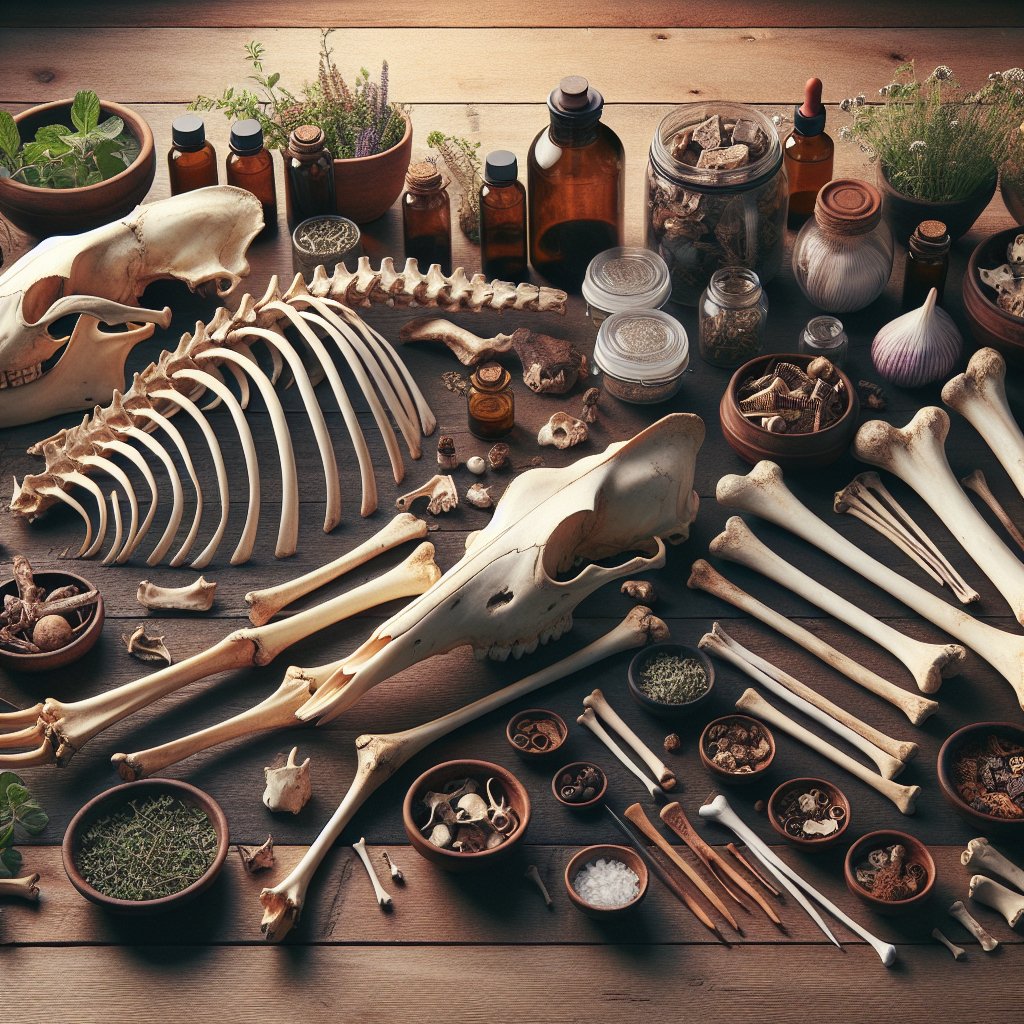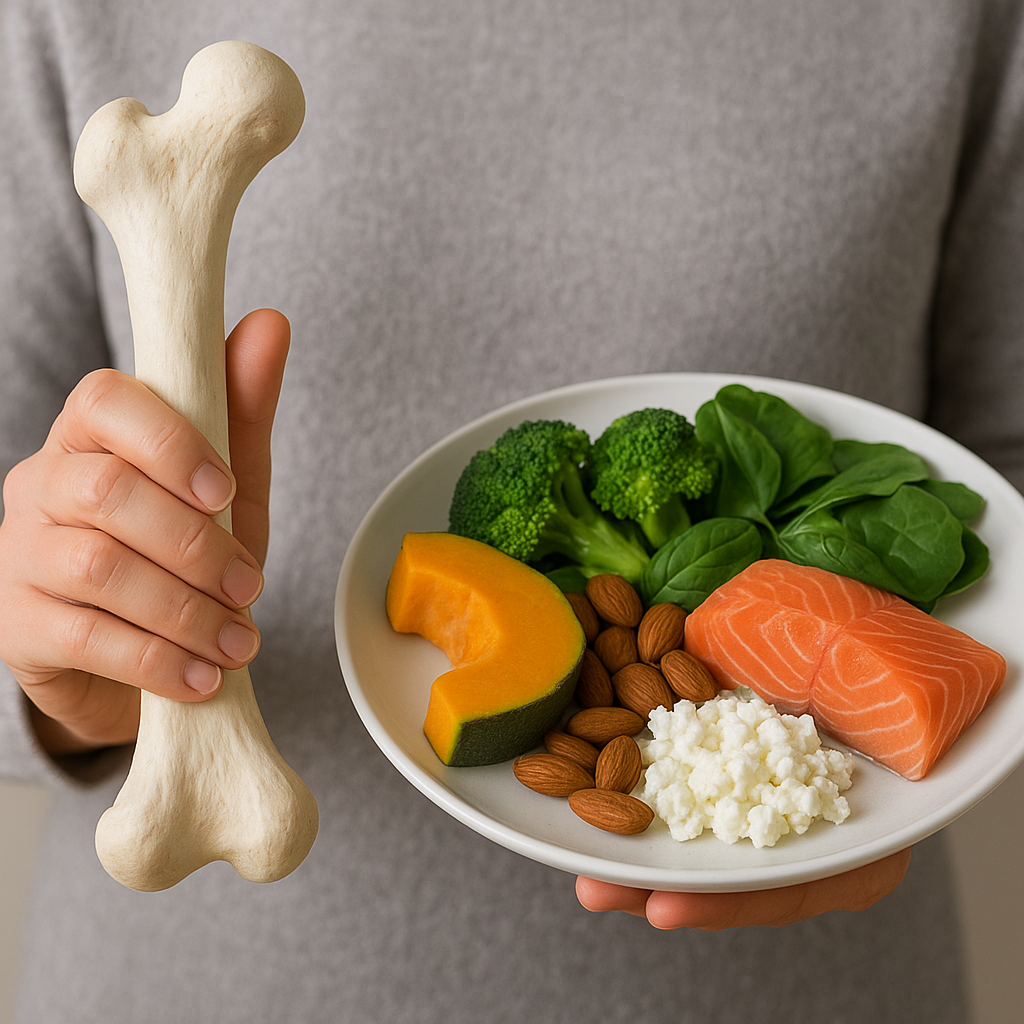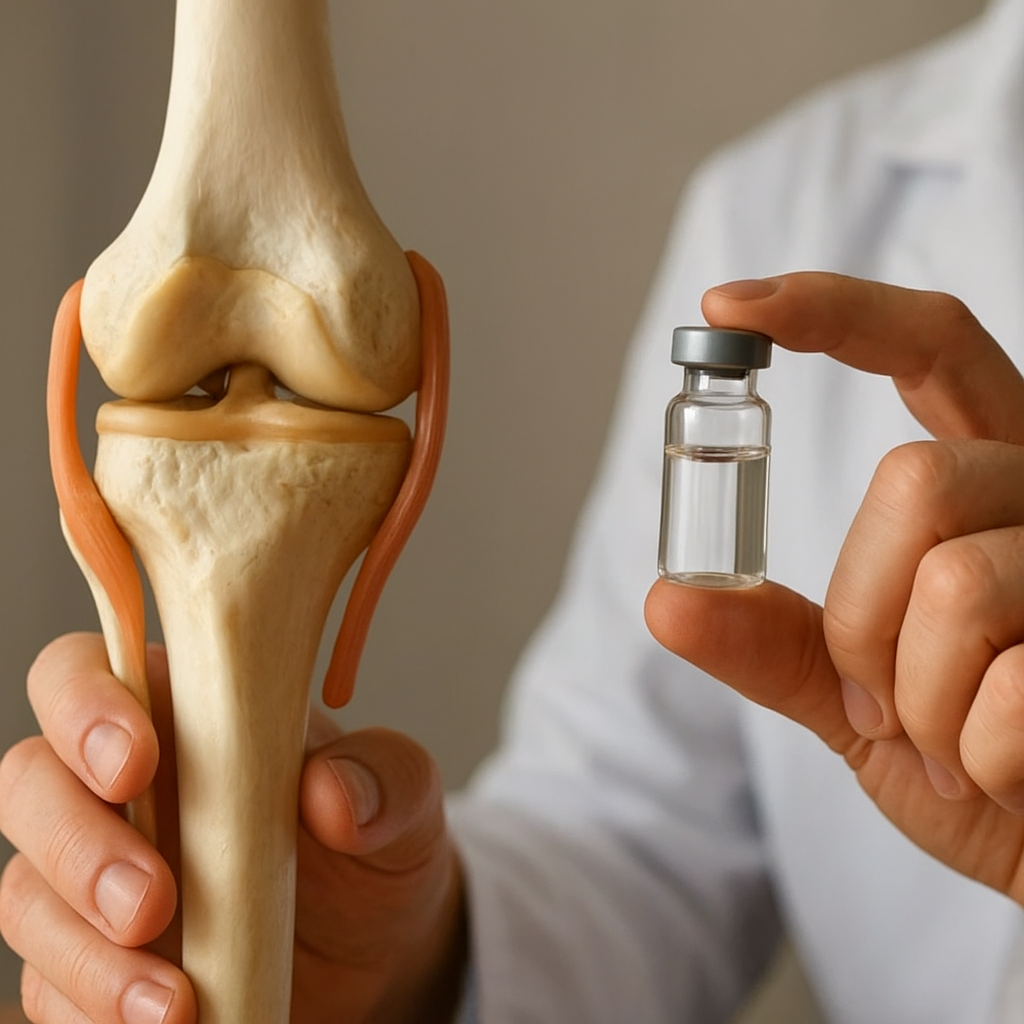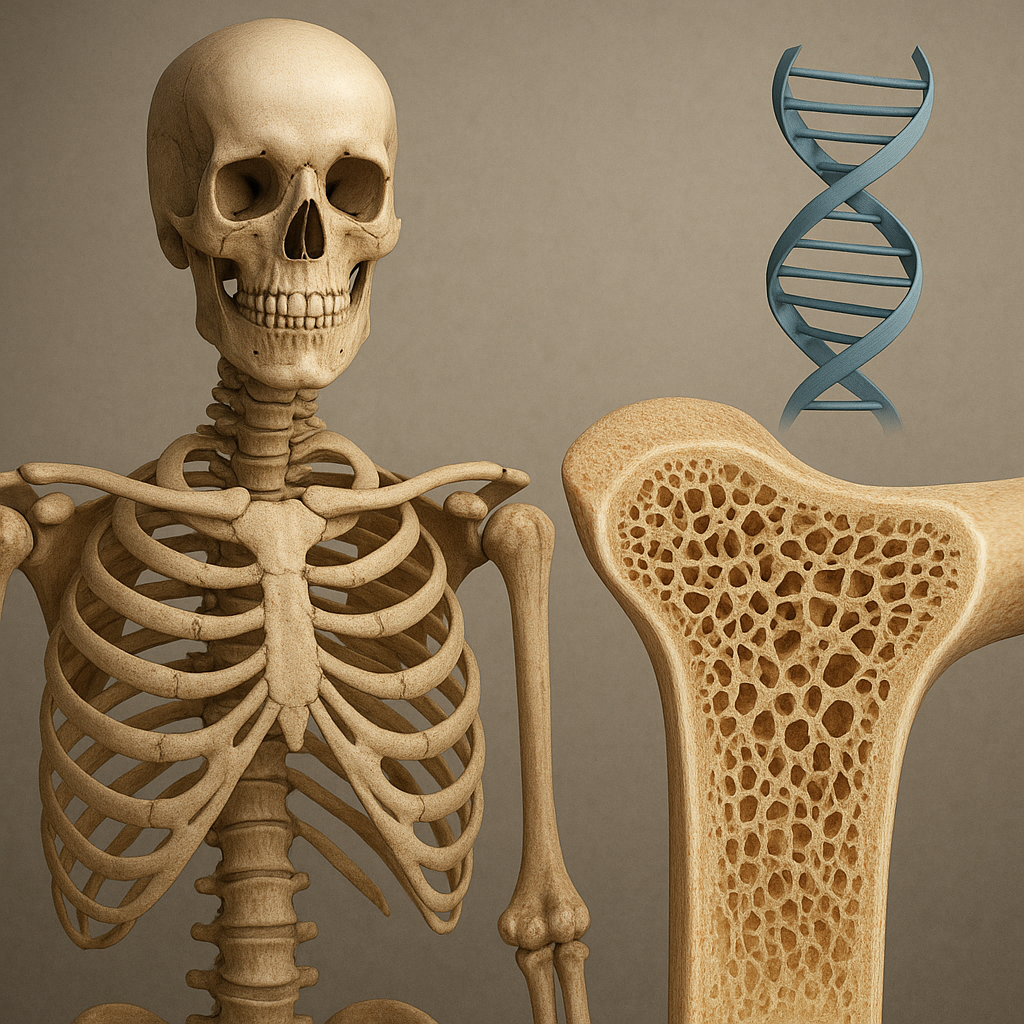The use of animal bones in traditional medicine is a practice that has been observed across various cultures for centuries. This ancient approach to healing often intertwines with spiritual beliefs, cultural rituals, and the understanding of the natural world. In many societies, bones are not merely remnants of the past; they are considered powerful tools for health and wellness. This article explores the historical significance, cultural practices, and modern implications of using animal bones in traditional medicine.
Historical Significance of Animal Bones in Medicine
The historical use of animal bones in medicine can be traced back to ancient civilizations. Archaeological findings suggest that bones were utilized in various forms, from powders to infusions, for their purported healing properties. In many cultures, bones were believed to possess life force or spiritual energy, making them valuable in medicinal practices.
Ancient Civilizations and Their Practices
In ancient Egypt, for instance, animal bones were often ground into powder and used in various remedies. The Egyptians believed that the bones of certain animals, particularly those associated with gods or sacred animals, held special powers. Similarly, in traditional Chinese medicine, bones from specific animals were used to create tonics believed to enhance vitality and longevity.
In Native American cultures, bones were not only used for medicinal purposes but also played a significant role in spiritual healing. The bones of animals hunted for food were often incorporated into rituals, symbolizing a connection between the physical and spiritual realms. The use of bones in these contexts highlights the deep respect for nature and the belief in the interconnectedness of all living beings.
Medicinal Properties and Beliefs
Many traditional practices attribute specific medicinal properties to different types of animal bones. For example, the bones of large mammals like cows and horses are often used in broths and soups, believed to promote joint health and overall strength. In some cultures, the marrow from bones is considered a vital source of nutrients, thought to nourish the body and enhance immunity.
Moreover, the use of bones in traditional medicine is often accompanied by rituals and prayers, emphasizing the spiritual aspect of healing. Practitioners may invoke ancestral spirits or natural forces, seeking guidance and protection during the healing process. This blend of physical and spiritual healing underscores the holistic approach prevalent in many traditional medicinal systems.
Cultural Practices Surrounding Animal Bones
The cultural significance of animal bones extends beyond their medicinal uses. In many societies, the preparation and application of bone-based remedies are steeped in tradition and ritual. These practices often reflect the values, beliefs, and environmental conditions of the communities that uphold them.
Rituals and Ceremonies
In various indigenous cultures, the use of animal bones in medicine is often accompanied by specific rituals. For instance, before using bones for healing, practitioners may perform cleansing ceremonies to purify the bones and invoke positive energies. These rituals can involve singing, drumming, or the use of sacred herbs, creating a sacred space for healing to occur.
In some African cultures, the bones of animals are used in divination practices, where they are cast to reveal insights about health and well-being. This practice highlights the belief that bones can serve as a bridge between the physical and spiritual worlds, providing guidance in times of illness or distress.
Modern Adaptations and Integrations
As traditional medicine continues to evolve, many practitioners are integrating the use of animal bones into modern health practices. This integration often involves a blend of ancient wisdom and contemporary scientific understanding. For example, bone broth has gained popularity in recent years as a health food, praised for its nutritional benefits and healing properties.
Nutritionists and health enthusiasts advocate for the consumption of bone broth, citing its rich content of collagen, amino acids, and minerals. This modern adaptation reflects a growing interest in holistic health and the revival of traditional practices in contemporary diets. However, it is essential to approach these practices with respect for their cultural origins and significance.
Ethical Considerations and Sustainability
The use of animal bones in traditional medicine raises important ethical considerations, particularly regarding sustainability and animal welfare. As awareness of environmental issues grows, many practitioners and consumers are reevaluating their practices to ensure they align with ethical standards.
Sustainable Sourcing of Animal Bones
One of the primary concerns surrounding the use of animal bones is the sourcing of these materials. In traditional practices, bones were often obtained from animals that were hunted or raised for food. However, with the rise of industrial farming and mass production, there is a growing need to ensure that animal bones are sourced sustainably and ethically.
Many practitioners are now advocating for the use of bones from animals that have been humanely raised and slaughtered. This approach not only supports animal welfare but also promotes sustainable farming practices. By prioritizing ethical sourcing, practitioners can honor the traditions of their cultures while also being mindful of the impact on the environment.
Respecting Cultural Heritage
As traditional medicine gains recognition in the global health landscape, it is crucial to respect the cultural heritage associated with these practices. The use of animal bones in medicine is deeply rooted in the histories and beliefs of various communities. Therefore, it is essential to approach these practices with cultural sensitivity and an understanding of their significance.
Collaboration between traditional healers and modern healthcare practitioners can foster a greater appreciation for the value of traditional knowledge. By acknowledging the contributions of indigenous and local communities, the integration of animal bones in medicine can be approached in a way that honors their cultural significance while promoting health and well-being.
Conclusion
The use of animal bones in traditional medicine is a rich and complex practice that spans cultures and centuries. From ancient rituals to modern adaptations, the significance of bones in healing reflects a deep connection to nature and spirituality. As we navigate the intersection of traditional and modern medicine, it is essential to approach these practices with respect, ethical considerations, and a commitment to sustainability. By doing so, we can honor the wisdom of our ancestors while promoting health and well-being for future generations.













